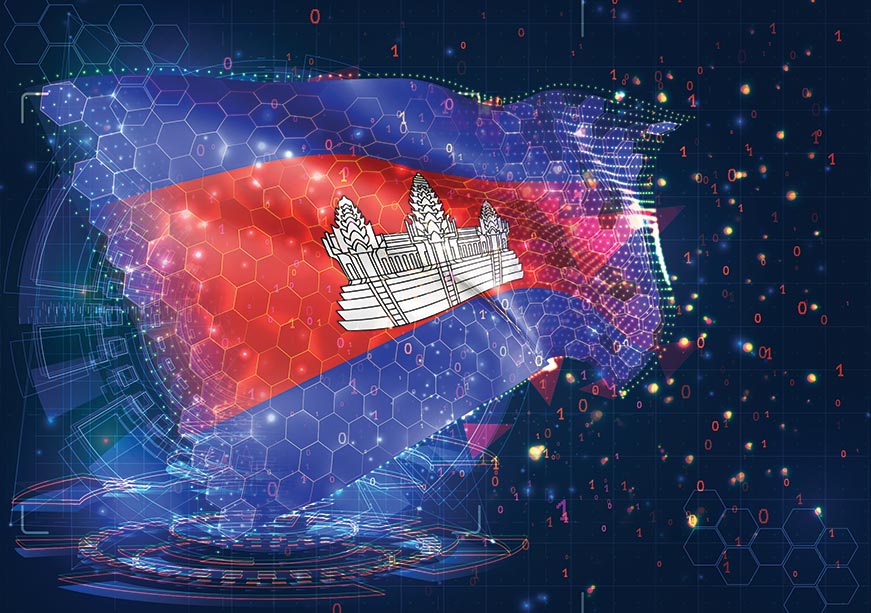Why are the Maoists on a kidnapping spree? Is it because the rebels are afraid of the growing tribe of public officials willing to risk live in order to spread the benefits of development among the very groups that the Maoists claim to represent? Or is it because this is easier to do in a large terrain known for its inaccessibility? Or are they resorting to such tactics as desperate measures for some quick short-term gains?
Insurgent organisations all around the world usually do not resort to such proven, unpopular methods unless compelled to. For instance, at the highest point of its dominance, the dreaded LTTE rarely kidnapped anybody. Literature on insurgency strongly indicates that armed militia or insurgent organisations resort to hostage taking as a last resort. They rarely adopt kidnappings or hostage taking when they are in a preeminent position. For instance, when made considerably weaker, the Chechens got into some spectacular hostage takings (Beslan school hostage involving 1,100 people among whom 770 were children) between 2003 and 2004.
Such tactics were extensively used by Iraqi insurgents in their fight with American forces. The Hezbollah militants too mastered such tactics, mainly in desperation to seek global attention against Israeli occupation. In other words, the world knows these were desperate measures which brought them huge consequences in terms of losing critical local support.
The trends emerging from Odisha and Chhattisgarh following the latest kidnappings of popular officials confirm to a certain global pattern - desperation leads to unpopular acts. These measures suggest they become considerably weaker and are making desperate attempt via kidnappings to wage easy propaganda and make some short term gains before they regain their preeminent position.
Notwithstanding resource constraints and severe capacity deficit, at least five States - Chhattisgarh, Jharkhand, Maharashtra, West Bengal and Odisha - have shown some political resolve to take on the rebels. After years of denials and half-starts, these States have made some visible improvement in coordination and combat operations against the Maoists. The Centre too has played a crucial role in the ongoing counter-insurgency surge. It’s paramilitary and other critical resources have come handy in aiding the States. And the results are all there to see.
Figures variously released by the Ministry of Home Affairs and South Asian Terrorism Portal unambiguously suggest that the ongoing counter-insurgency drives have yielded significant results in the recent times. First, in a major blow to the rebels, the security forces have eliminated several key leaders including Kishenji alias Koteswar Rao and Azad alias Cherukuri Rajkumar. Again, 18 key members of the Central Committee have been neutralised by security forces in the past two years. While five prominent members have been killed, the security forces have gained the upper hand by arresting 13 important leaders like Narayan Sanyal, Kobad Gandhi, Pramod Mishra and Amitabha Bagchi. More importantly, security forces have successfully arrested more than 5,000 active Maoists in the last two years. In short, the heavy losses in terms of top leaders, coupled with the arrest of active cadres, have made them significantly weaker.
Second, the visible decline in Maoist organisation is amply demonstrated in the drastic reduction of violent incidents over the past two years. From a peak of 1180 in 2010, Maoist- engineered fatalities fell sharply to 602 in 2011. The year in progress show even further deceleration. Fatalities among security forces have fallen sharply (from 285 in 2010 to 142 in 2011). There has been a drastic fall in number of major incidents (involving three or more fatalities). As a consequence, the security forces have now regained control over more than 10,000 sq.Km from the Maoist strongholds, have reduced their geographical reach from 223 (2008) districts to 182 in 2011. The security forces have now made an entry into their once impregnable Ambujmarh in Chhattisgarh and have made bold forays into hitherto forbidden territories such as Saranda forest and Koel-Sankh in Jharkhand. Significantly, some of the districts which were once under the complete domination of the Maoists (reduced from 83 to in 2008 to 54 in 2011), have been freed from their clutches. It is unsurprising that Maoists are believed to be setting their eyes on India’s north-east. This may be their strategy to relocate to safer areas The same very strategy had been followed when they relocated to the thickly forested Dandakaranya region of Madhya Pradesh in the 1980s to escape heavy police operations in Andhra Pradesh and West Bengal.
Third, and the most critical in terms of evidence of the weakening of the Maoists comes in the form of news about the growing fissures among various Maoist factions. From the Induvar killing incident in Bihar to the recent kidnapping of foreign tourists in Odisha, there are plenty of signs that they may soon descend to the days of MCC versus PWG fighting. The Maoist faction led by Sabyasachi Panda (controls Kandhamal and West Bengal operations) is openly challenging the leadership controlled by Andhra factions. In several states, top and middle ranking adivasi combatants are openly opposing the once invincible Andhra Pradesh-based leadership.
In short, the Maoist leadership looks considerably weaker and could be in dire need of acquiring some breathing space. It is here that hostage taking become important.
Needless to say, the recent spurt in kidnappings should be viewed in the proper perspective and weighed against the ground situation. The truth is that the ongoing current counter-insurgency is not a sham as many believe. The truth is the Maoists are on run now and the ideal thing would be to make them more desperate to commit similar brazen acts. This way not only are they losing their valuable intellectual support (proof: many of their sympathetic intellectuals and activists have condemned the tactics of kidnapping), they are also being ditched by the tribals themselves.
Once the Governments secures the release of the state functionaries, it should double the counter-insurgency efforts. Alongside, it must make sure to enforce standard operative procedures of counter-insurgency. While it may delay the development process in some of the worst affected districts, it cannot be denied that the first precondition for success in counter-insurgency is area domination, before following up with good governance. Else, each time there is a kidnapping, the State agencies will be making fools of themselves.
(Dr. Niranjan Sahoo is Senior Fellow at Observer Research Foundation)
Courtesy: The Pioner, April 28
The views expressed above belong to the author(s). ORF research and analyses now available on Telegram! Click here to access our curated content — blogs, longforms and interviews.




 PREV
PREV


